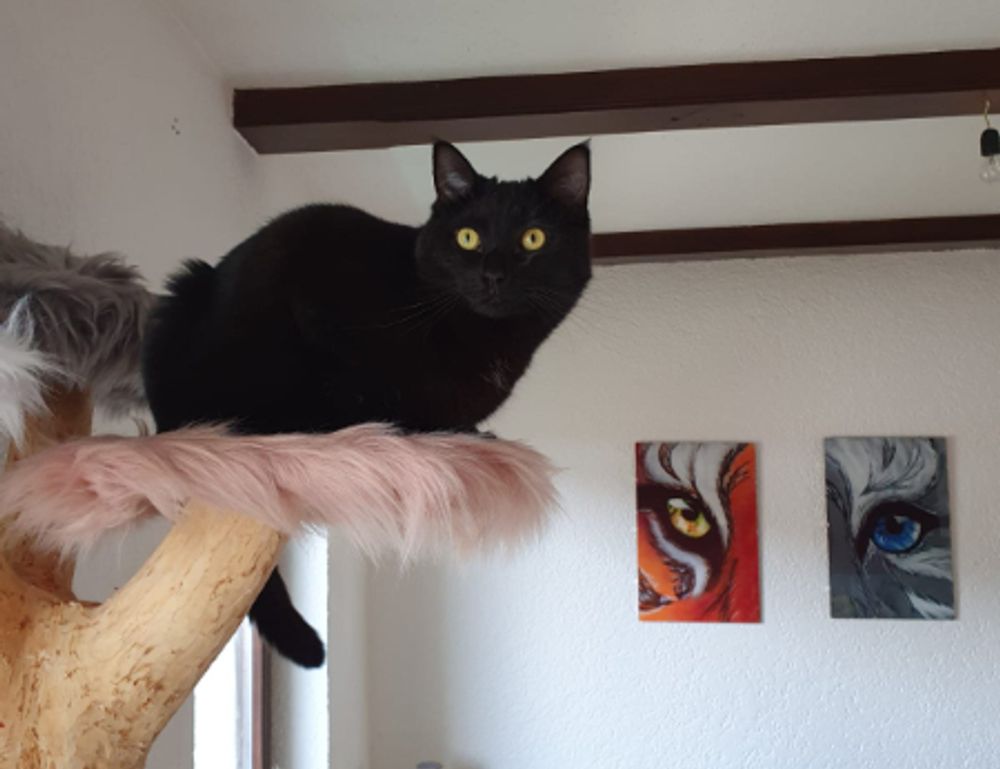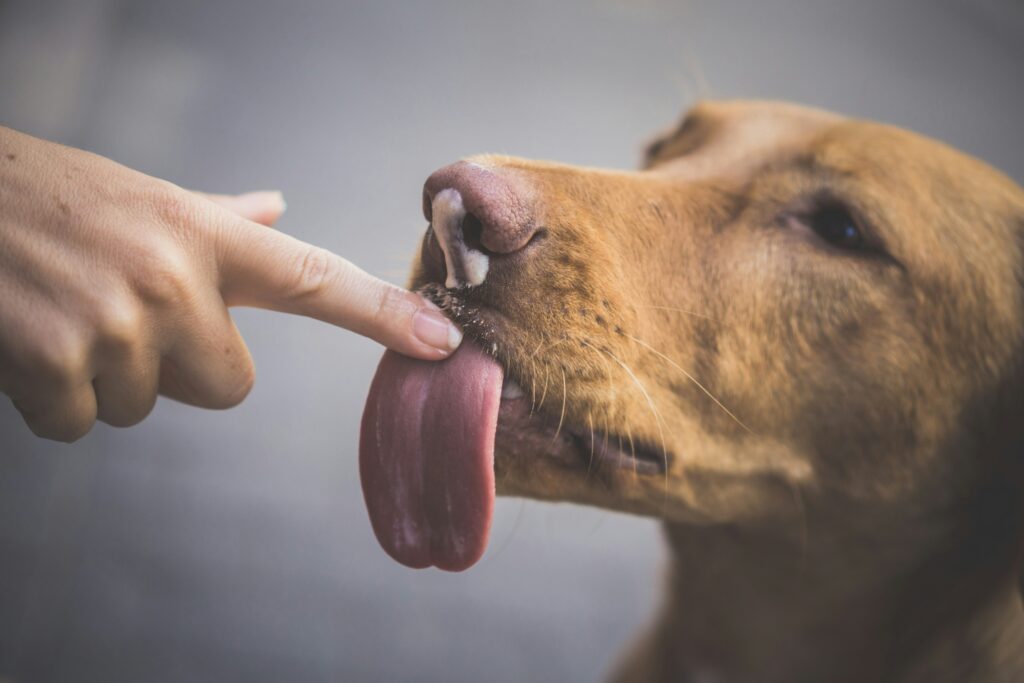3044152222 and Your Digital Hygiene
Even if you never answer the call, numbers like 3044152222 highlight how vulnerable many users still are to potential digital manipulation.
Review your digital habits:
Keep your number off social profiles when you can. Opt out of sharing your data on forms unless necessary. Use twofactor authentication where available. Turn on spam protection features in your phone settings.
Being paranoid won’t help, but being strategic will.
What Is 3044152222?
At first glance, 3044152222 looks like a regular 10digit telephone number, formatted in the U.S. style. It begins with the 304 area code, which is primarily associated with West Virginia. The rest of the number, starting with 415, is a bit misleading—it suggests a Bay Area connection (415 is a San Francisco area code), but in this case, that’s just how the number happens to play out.
Online chatter has raised questions: Is 3044152222 a real support line? A debt collector? A fraud number?
The answer—it depends on who you ask. Some people report automated calls from this number, others say they received SMS messages. There’s no official statement from any wellknown authority or service provider confirming its legitimacy, but it hasn’t been universally blacklisted either.
Common User Reports and Patterns
Dig into community feedback, and common trends emerge:
Robocalls or Automated Messages: Many people report receiving automated calls with vague instructions to “call back immediately.” Spam or Scam Concerns: Several scam trackers associate 3044152222 with shady practices like phishing schemes, credit card “alerts,” and pseudosurvey offers. Persistent Callbacks: Unlike oneoff robocalls, this one often tries multiple times over several days, adding to its sketchy profile.
None of this is definitive evidence that it’s a fraud operation, but it’s reason enough to raise a flag before you engage.
What You Should Do If 3044152222 Contacts You
First rule—don’t panic.
Second—don’t answer if you don’t recognize the number or weren’t expecting a call. If you’re inclined to pick up out of curiosity, that’s understandable, but keep the following in mind:
- Don’t Share Info: If someone on the other end starts asking for your personal info—SSN, bank details, account login—hang up.
- Let It Go to Voicemail: This lets you screen the message without engaging. Sometimes it’ll expose questionable messaging right away.
- Run It Through Lookup Tools: Use a reverse number lookup tool to check uptodate user reports.
- Report Suspicious Behavior: Sites like the FTC’s Do Not Call Registry or services like TrueCaller allow you to file reports.
Official Insights—Or the Lack of Them
A quick search of the number in question brings up a mix of personal anecdotes and spam alerts, but there’s no clear, authoritative source that directly links 3044152222 to a credible organization.
Telecommunications databases that classify known call centers, carriers, or customer service numbers don’t provide concrete backing for this number either.
This lack of official endorsement isn’t immediate proof it’s bad—but when in doubt, proceed cautiously.
When It Might Be Harmless
Not every unknown number should be treated like a threat. Sometimes these mysterious calls come from:
Banks confirming legit activity Customer service reps following up Appointment reminders from healthcare providers
If you have ongoing dealings with any business or service and expect a callback, the number might not be random spam. Still, crossverification is essential. Visit the official website of whoever you think might be calling and compare numbers. Or better, call them back via the official line—not the one that called you.
Block, Filter, or Investigate?
It depends on how aggressive the contact becomes.
If it’s constant: Most smartphones let you block numbers right from the call log. If you’re unsure: Silence unknown callers in your settings and let voicemail handle it. If you suspect fraud: Sites like scamcallfighters.com or 800notes offer pages where you can check user input and leave your own.
Apps like Hiya or Nomorobo add another layer of protection—they screen incoming calls against a dynamic database of known spam patterns.
Conclusion: Treat It With Caution
So is 3044152222 dangerous? Not definitively. But it’s not clearly safe either.
It’s better to assume a neutral position—responding only when you have concrete reason to believe the caller is legit. In a digital era where automation, scams, and real support all overlap through phone lines, it’s essential to stay sharp.
Don’t trust blindly, don’t panic reflexively. Screen, investigate, and verify. A few extra seconds of caution can save hours of headaches later.


 Lead Pet Behavior Specialist
Brian Camacho is an expert in pet behavior and training at Pet Paw Shack. With a deep understanding of animal psychology, he specializes in helping pets and their owners build strong, healthy relationships through positive reinforcement techniques. Brian’s innovative approach to training focuses on making behavior modification a fun and rewarding experience for both pets and their families.
Lead Pet Behavior Specialist
Brian Camacho is an expert in pet behavior and training at Pet Paw Shack. With a deep understanding of animal psychology, he specializes in helping pets and their owners build strong, healthy relationships through positive reinforcement techniques. Brian’s innovative approach to training focuses on making behavior modification a fun and rewarding experience for both pets and their families.
